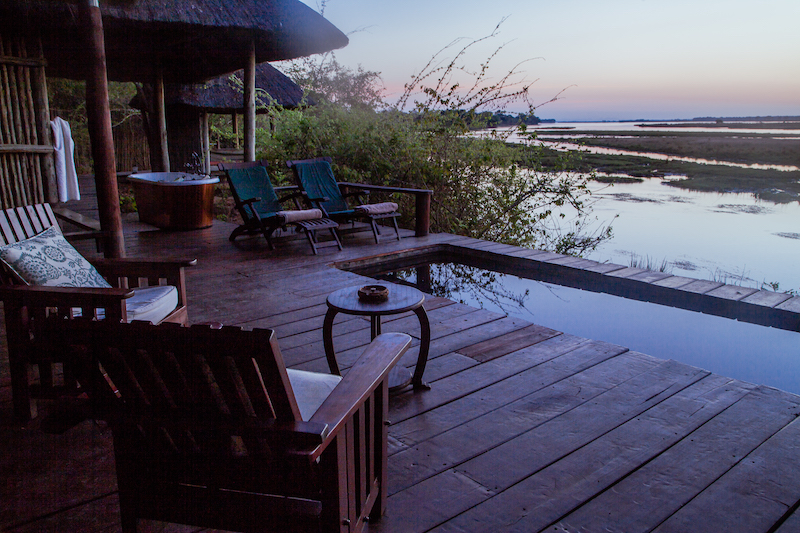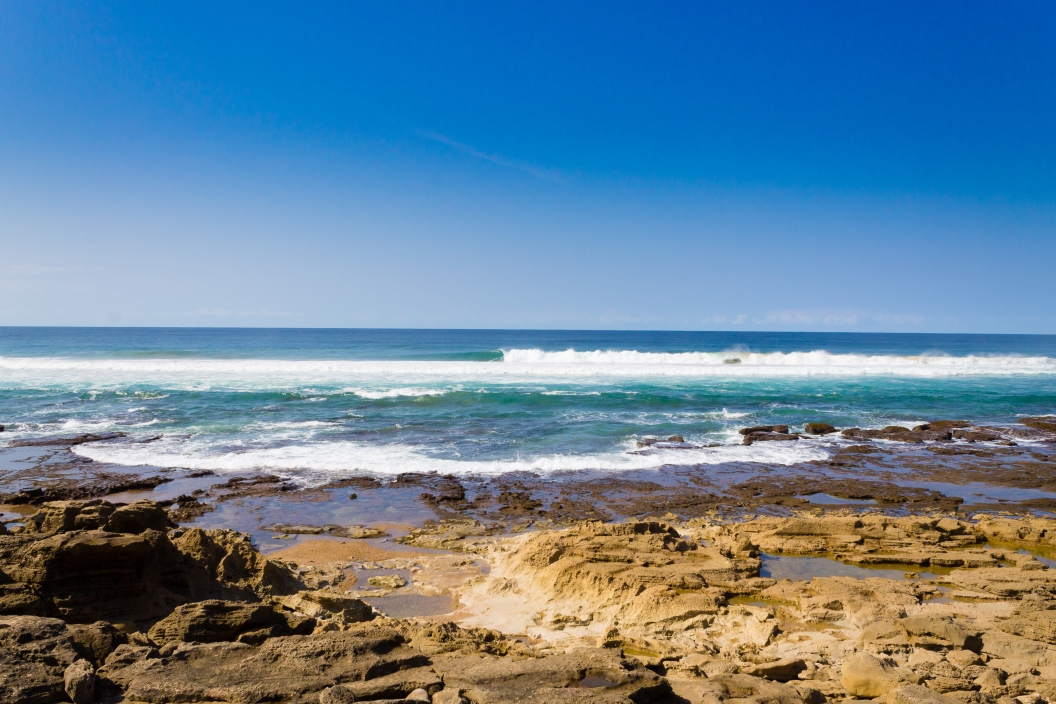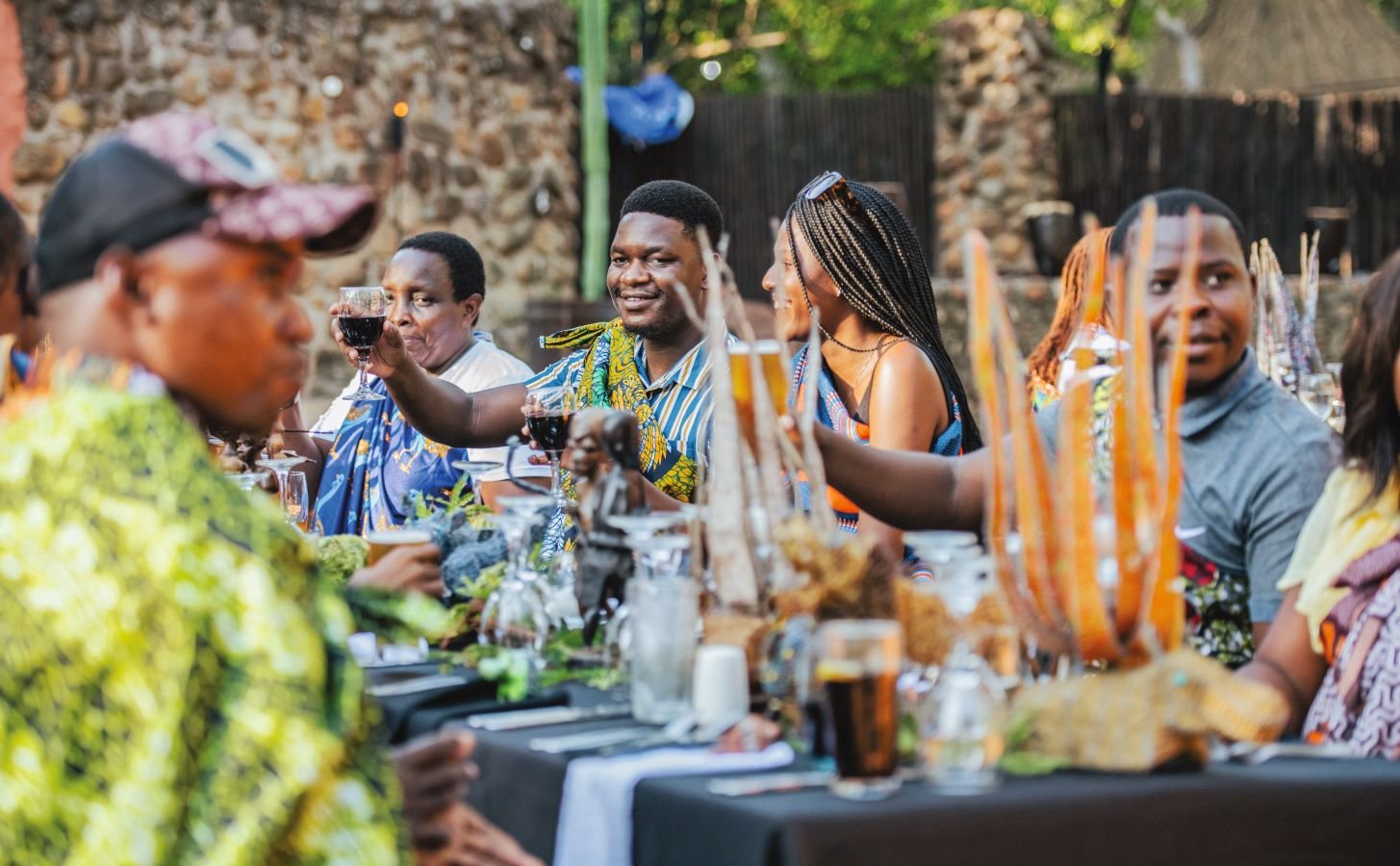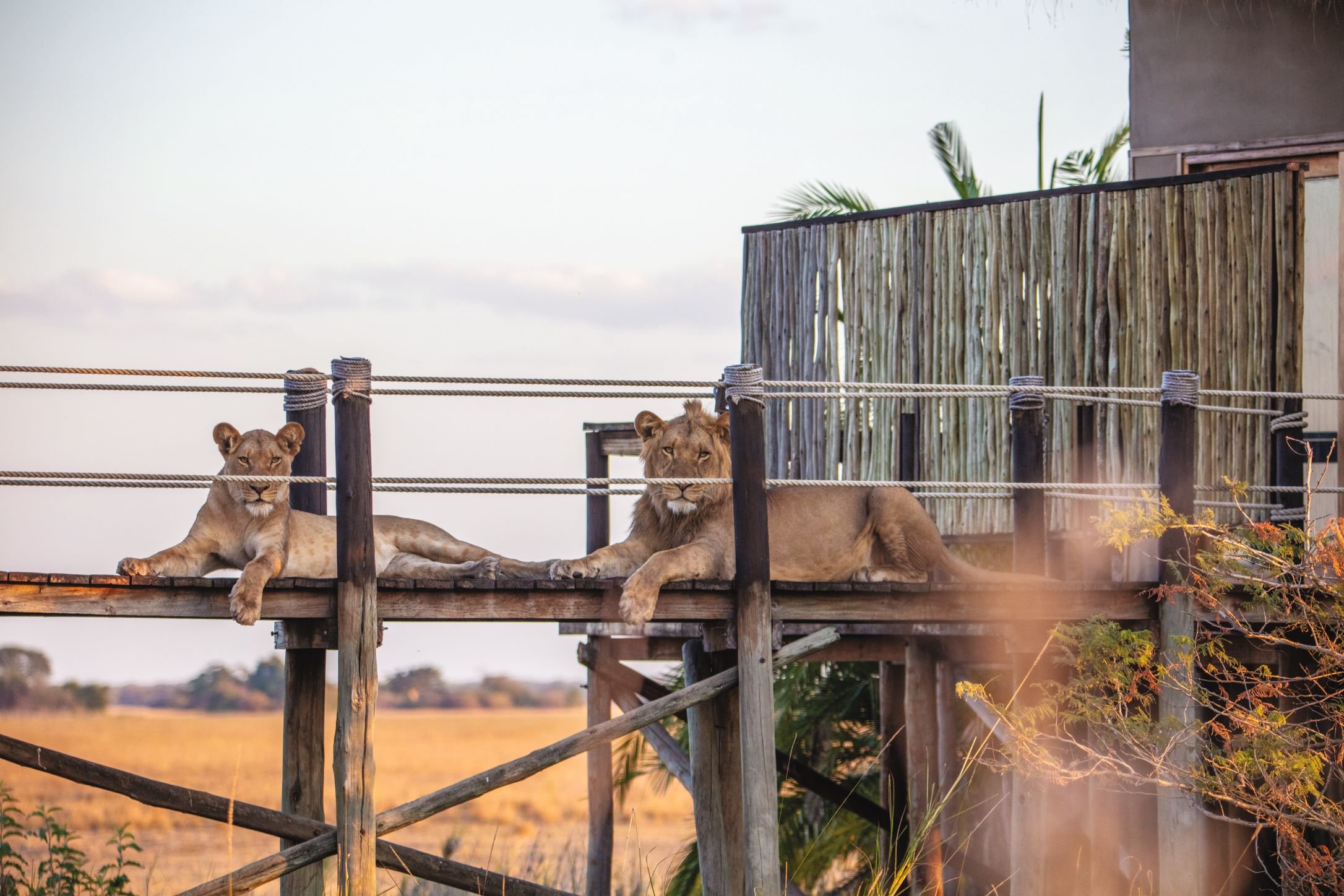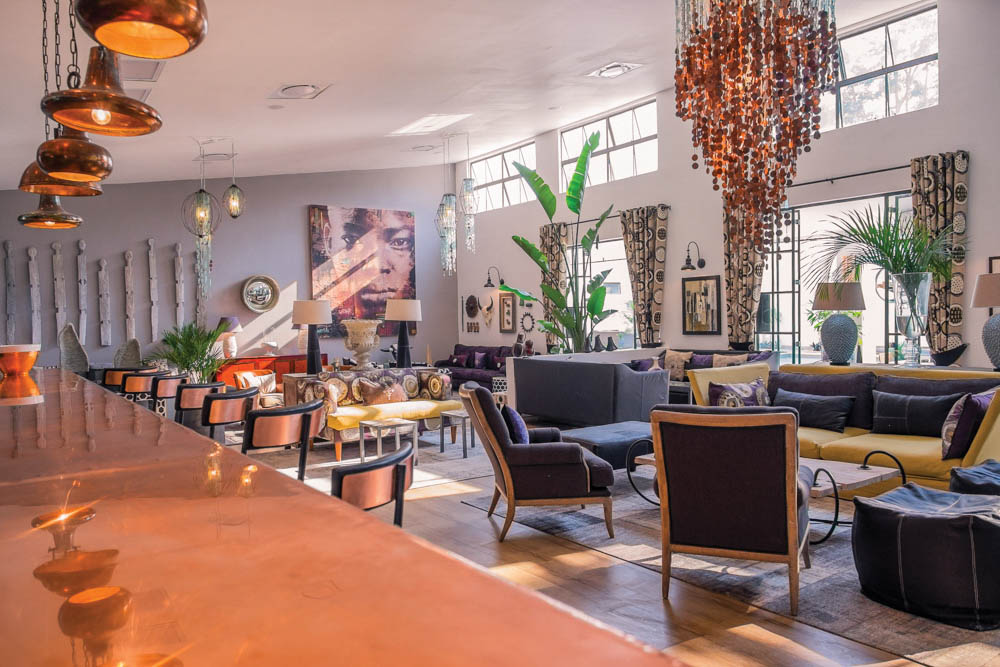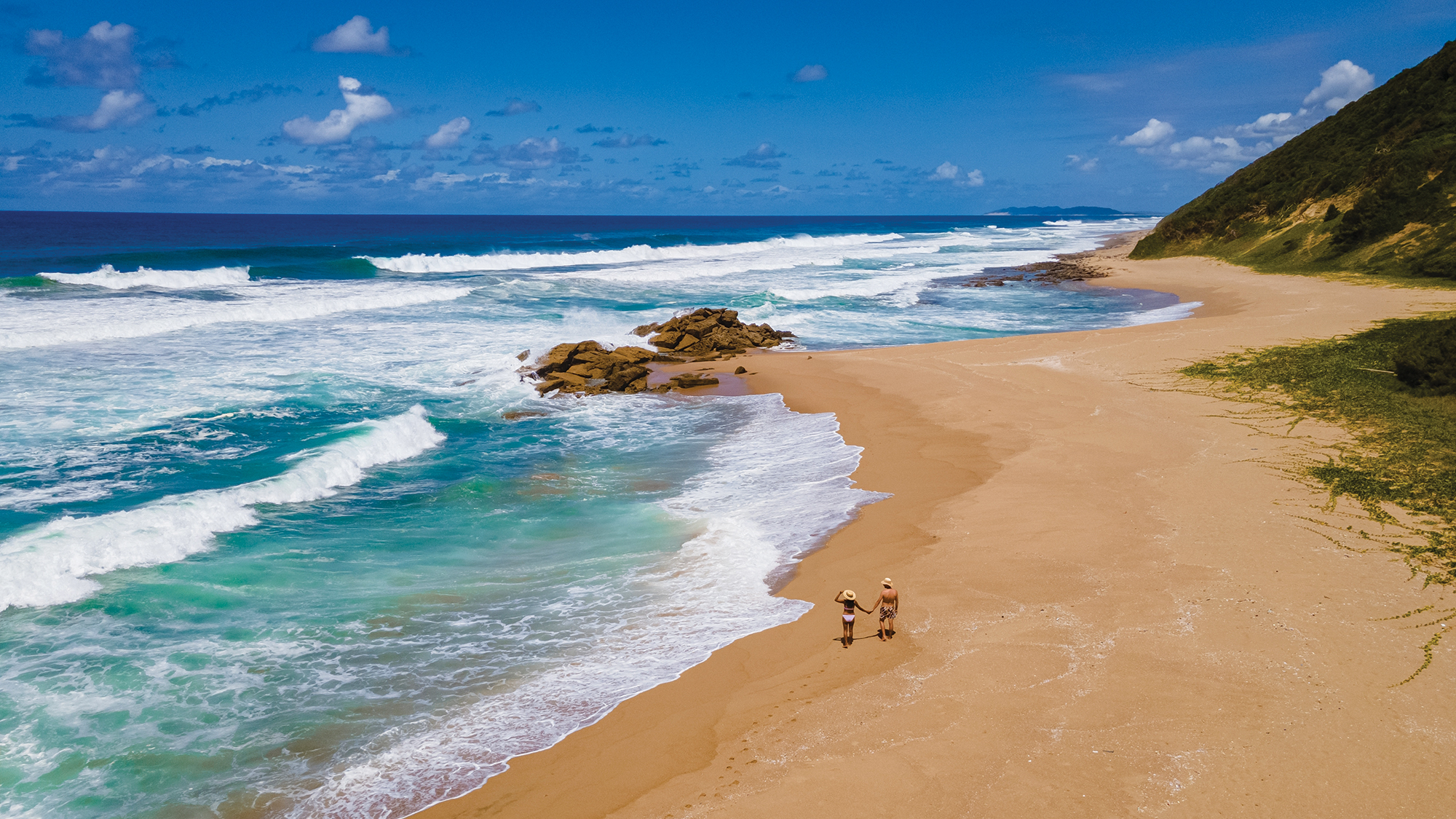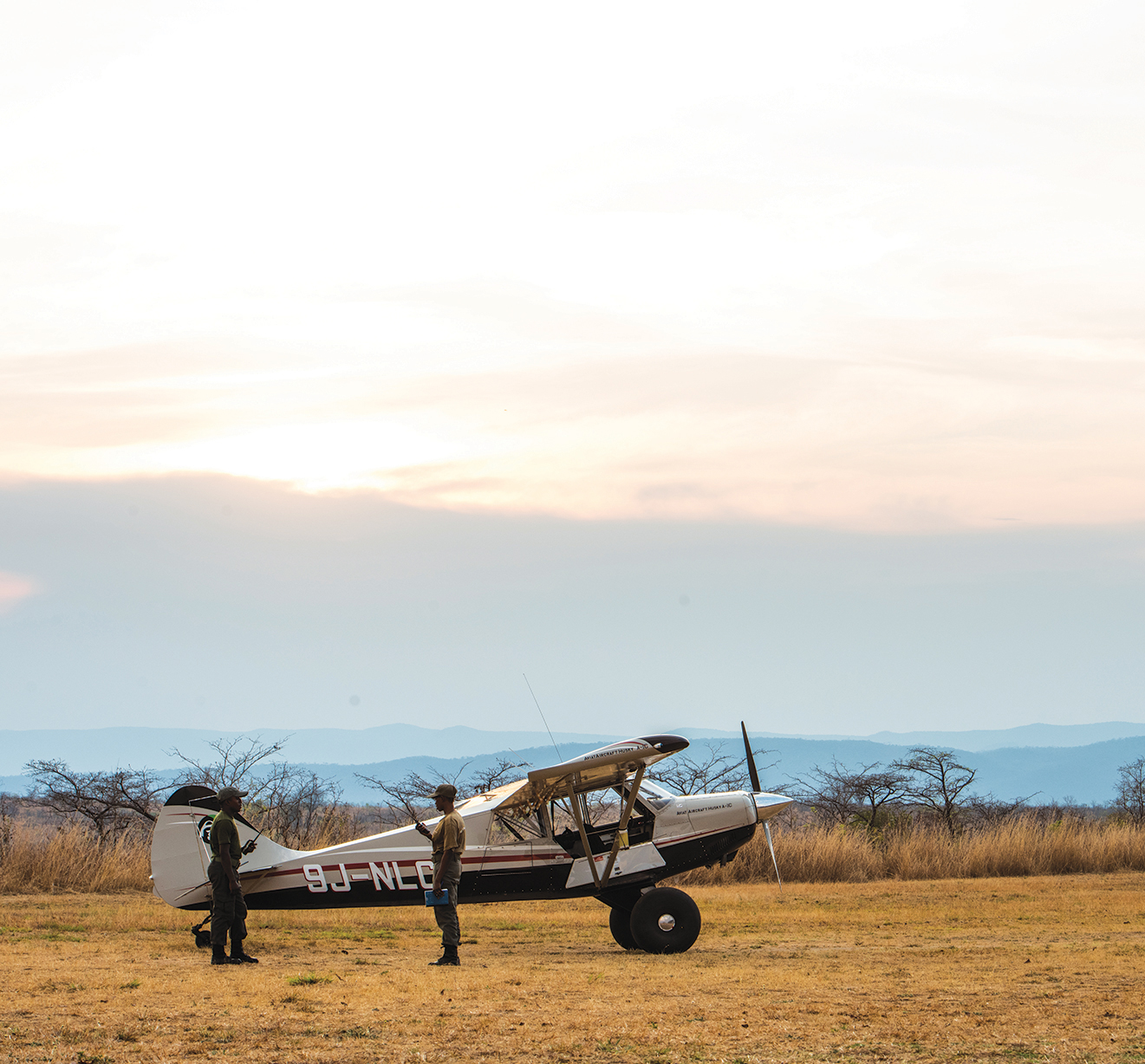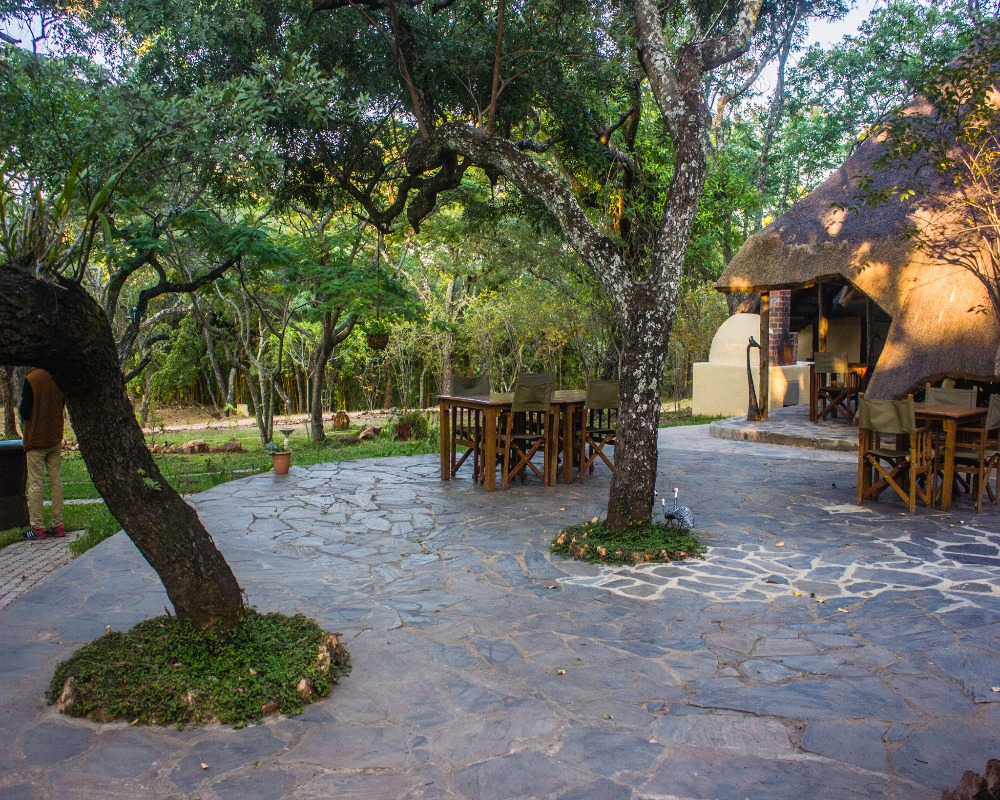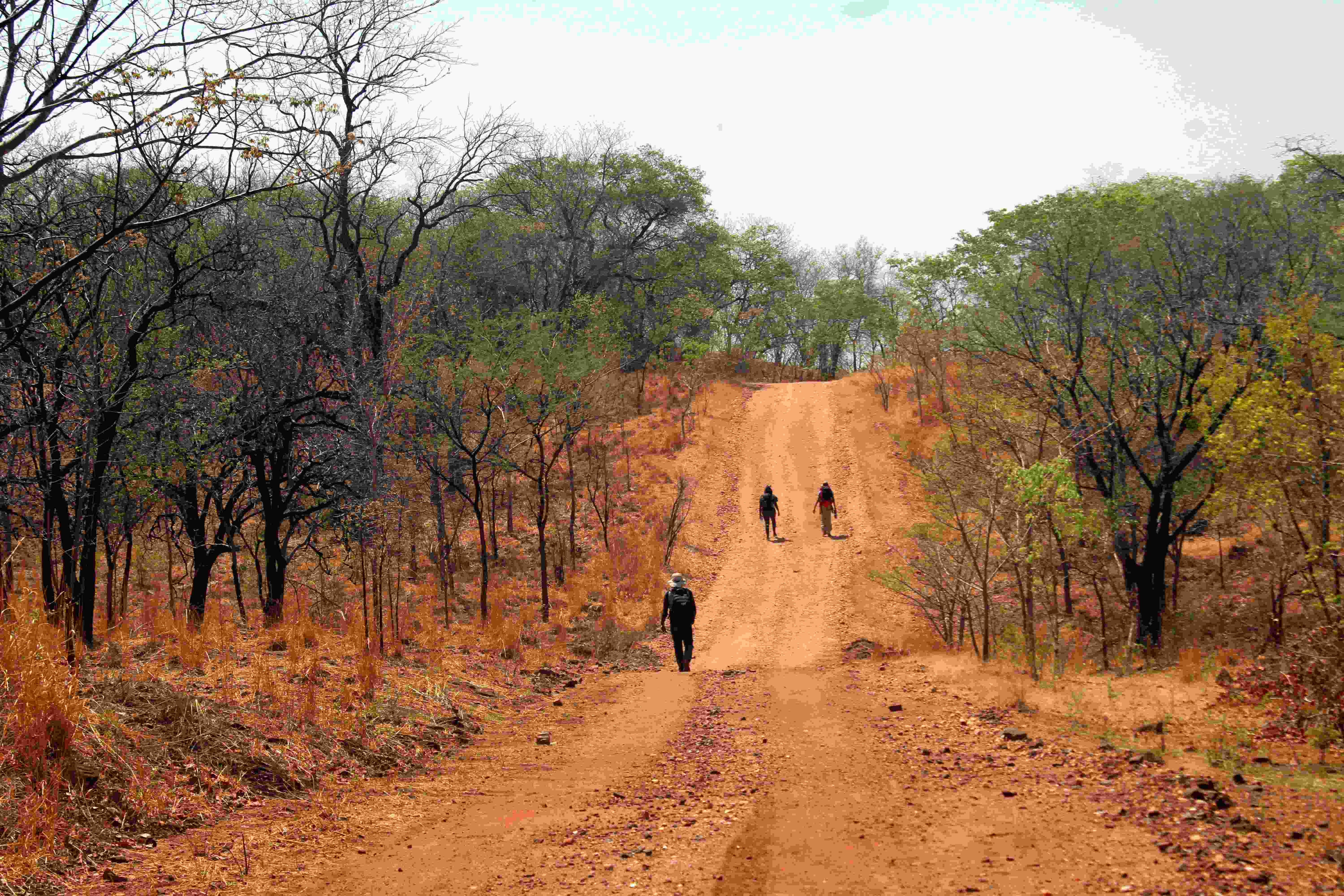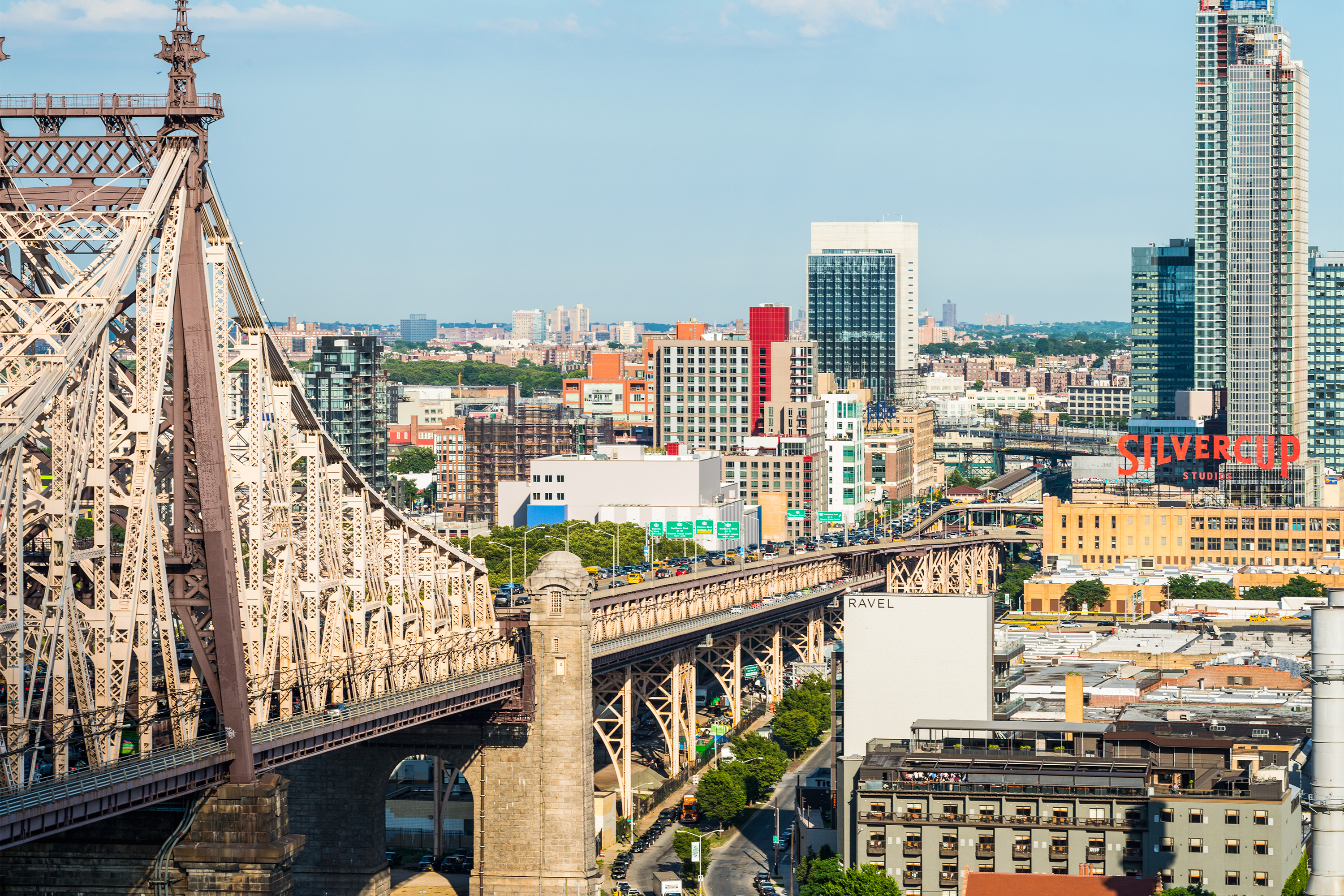You’re probably tired of hearing about it by now, but like it or not, COVID-19 has changed the way we live and travel—for the foreseeable future. Trend forecasters have predicted that following the containment of this pandemic, local travel will pick up more quickly than international travel, though it too will eventually pick up significantly. Day trips and staycations will become more common. Once this pandemic is over, you’ll probably want to take a short trip to soak up some sun or even take a long vacation to immerse yourself in the great outdoors. This caused me to reflect on some of my favourite locations I have covered for Nkwazi. These are places within Zambia I and Nkwazi hope to return to and explore when we are once again free to roam this beautiful country.
These five locations are undoubtedly great getaway destinations.

Mutinondo Wilderness
Breathtaking views from the whalebacks and a walk through the forest tracking Musamfushi River and its waterfalls really make for a scenic adventure. Located in Muchinga Province, Mutinondo is picturesque and the best time to visit is in May, right when emerald season is about to end and all the leaves and blades of grass are their greenest.
The rock formations and outcroppings in this area are unlike anything I’ve ever seen before. Domelike granite structures form inselbergs—large hills that look like partially buried whales. Hiking these hills may be a little challenging, but it sure is rewarding. Mayense Hill, the largest of these domes is 1,684 metres above sea level. If you do scale this marvel, I’d suggest you do it in the late afternoon and time it so that you catch the sun setting while you’re on top of the hill. It’s the closest thing you might get to actual magic.
If you need to clear your head, I can’t emphasise enough how much walking is good for you. Mutinondo offers a number of paths that you can take, but the best one is probably along the river looking for the three waterfalls. Choso, Ndubaluba and Mulinso falls are quite different, but they’re all sights to behold. Watching the water cascade and listening to its steady roar can be strangely soothing.
Guides are on hand if you need an escort into the woodland, but there are no predators or vicious animals to be wary of. If you’re looking to learn some history as well, Nachikufu Cave (situated about 53 kilometres from the lodge) has some Late Stone Age schematic rock art and Iron Age workings. Overall, Mutinondo is an interesting place to visit. You’ll need a four-wheel drive car and a bit of patience to get there.

Bangweulu Wetlands
Home to the rare shoebill, Bangweulu Wetlands is where the water meets the sky in the Northern Province. Our search for the near-endangered bird took us to scenic passes lined with beautiful water lilies and tall reeds that stretched to the blue sky. It’s an excellent place for bird watching and you have to be willing to get a little wet to fully enjoy the experience. It is a wetland after all.
The main attraction here is the shoebill, a large stork-like bird found mostly in the freshwater swamps of Central Africa. It can grow up to 1.52m and its big bulbous beak resembles (you guessed it) a shoe. It took us what seemed like an eternity in a canoe to finally find the bird but it was well worth the wait. In Zambia, it is only found in the Bangweulu region and it feeds mainly on fish. These solitary creatures are said to be statue-like because they can stand still for impressive lengths of time, quietly stalking the waters for fish. They can be quite interesting to observe.
Another species endemic to the wetlands is the black lechwe. They can be found grazing on the more solid parts of the area, or having a drink by the water with hundreds of their kind. Listen out for the rhythmic drumming of their hooves against the hard mud as they run away when you draw closer.
If you’re a birder, you might be glad to know that yellow-breasted weavers, white egrets and sacred ibis are a common sight here. You may also spot some Egyptian geese and reed cormorants as you traverse the waters.

Liuwa Plain National Park
Sprawling plains with sun-bleached grass and an endless sky made the sunsets seem to last longer when we visited the park. This is where Africa’s second largest wildebeest migration occurs and it is quite a spectacle to behold. And before she passed on, the park was also home to Lady Liuwa, a lone lioness who was believed to be the reincarnated spirit of Mambeti, the daughter of a past Litunga’s favourite hunter and mystic man.
Though there is a small lion population in the park, hyenas are the dominant species in these parts. You can hear them cackle at sunset and are very likely to spot them during a game drive. The birdlife is also plentiful in Liuwa with 300 known species visiting and living in the park. From rosy-throated long claws to wattled cranes, you’re bound to see some fascinating feathers. Buffalo can also be seen grazing near the many dambos, so can zebra, tsessebe and of course, wildebeest.
The blue wildebeest is a mainstay in Liuwa and if you would like to witness their massive migration, the best time to see it is in November. The park is accessible by four-wheel drive vehicles from June through to November and is always wonderful with numerous animals to check out.
Managed by conservation outfit African Parks, the park has had some carnivores reintroduced to its ecosystem. The cheetah population is beginning to rise again and there have also been some lion introductions. Wild dogs are increasingly rare, but you might just be fortunate enough to spot a pack.
Liuwa Plain National Park is located in Western Province and is a great place to take a trip to, with the only permanent accommodation being Time + Tide King Lewanika Lodge. If you do visit, ask for Rabbi Kunda. He’s a great guide with not just unparalleled knowledge of the park’s animals, but also a great sense of humour.

Lower Zambezi
Have you ever had an elephant charge at you? I have. Well, it was a mock charge, but a charge nonetheless! The Lower Zambezi National Park has a variety of aquatic and land animals, elephants among them. With the Zambezi River cutting through it, you have wonderful views of wildlife by the water and in the thick of the bush.
Hippos are a mainstay around the river. You can take a canoe ride with an experienced guide through the Nkalange Channel and see them on the banks with their calves or watch them shy away, spouting water as you pass by. Buffalo are also a common sight on the river’s edge, and you can spot families of baboons plucking fruit in trees. Our guides mentioned that while it was perfectly safe, crocodiles also roamed the waters and we were warned not to dangle our limbs over the canoe’s edge.

The park is also quite scenic, especially right after the rainy season when the flora is greenest. It is located in the southern part on the outskirts of Lusaka Province and you can see the Zambezi Escarpment in the distance. Sunrises are amazing, throwing wonderful hues of orange and red against the sky.

Lake Tanganyika
By far one of the best trips I’ve ever been on, we had to move by air, land and then water to get to our destination. Though Zambia only has claim to a small portion of Lake Tanganyika in the Northern Province, what you see looks really massive and stretches on for what seems like an eternity. Its blue waters and rock outcroppings are a true marvel, its fish rich and tasty and its beaches tranquil and relaxing.

If you’re not afraid of the water, one activity I recommend you take up is scuba diving at Ndole Bay Lodge. Craig Zytkow, the lodge’s owner is an experienced scuba instructor (and a great guide) and will walk you through everything you need to know before you take the plunge. Once you get the hang of it, you can enjoy the almost weightlessness you experience beneath the water and see if you can touch some of the little fish as they swim by you. I guarantee it’s an experience you won’t soon forget.
Though we didn’t actually visit Nsumbu National Park, it should be a great place to stop by. The animal population was once in decline but conservation efforts have been made to improve it. Zebra, eland, hartebeest and side-striped jackal can be spotted, and warthog and puku have been known to visit the beaches.
There a number of villages in the area, but Nsumbu seemed to be the most interesting amongst the two we visited. Bright coloured fishing boats are parked at the banks of the village where children try and catch fish with makeshift rods in their fathers’ water vessels. The market is alive with blaring music and various items on sale from fruit to clothing and, of course, fish. Here you can get a glimpse into how the people of this area live and perhaps even visit a small thatched bar and sip some opaque brews with the denizens of Nsumbu.
Each one of these locations has its merits and unique features. What determines where you visit might be the time of year, how you get there and the various types of accommodation on offer. But most importantly, each of these locations has memories waiting to be made by you.
